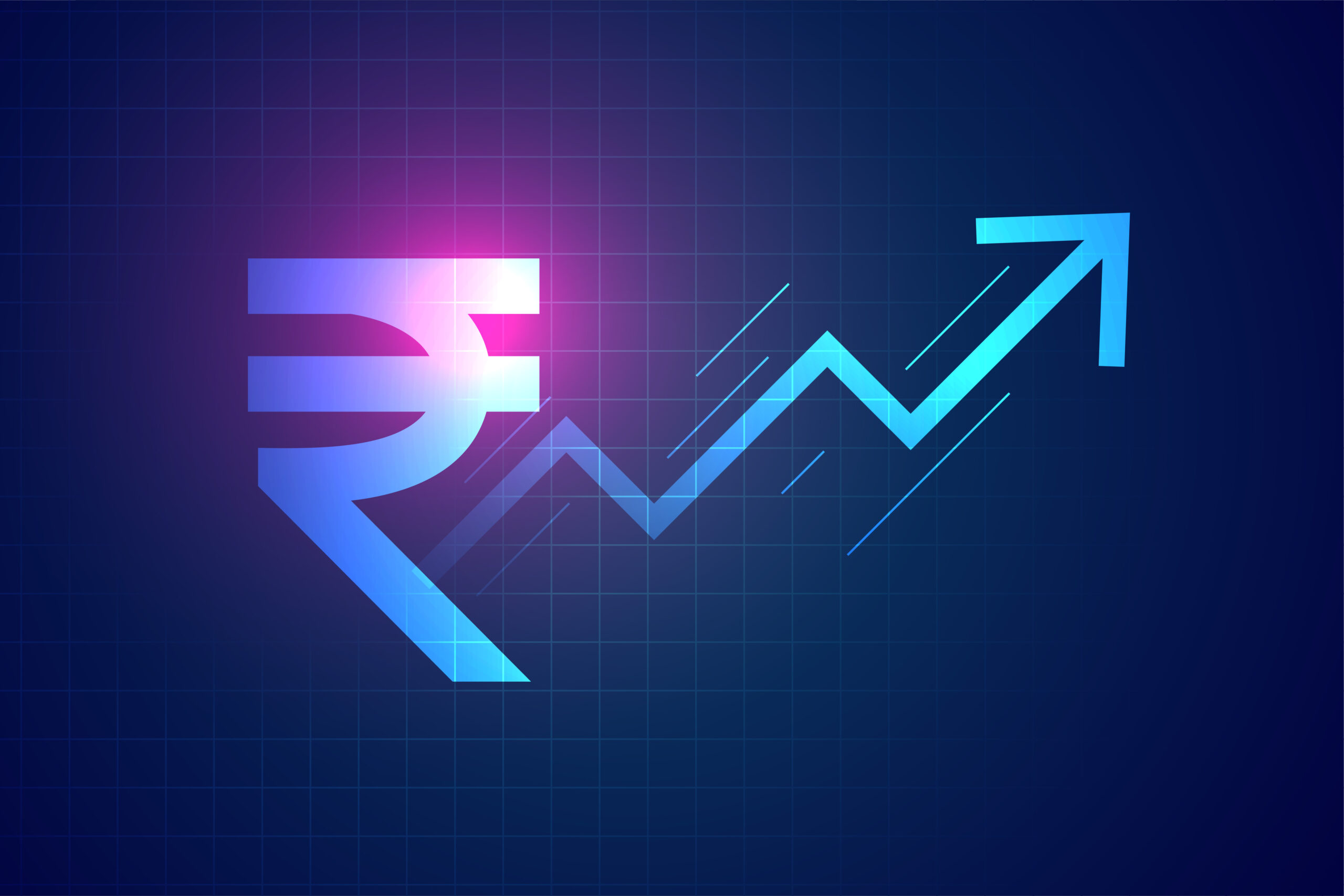RBI’s Big Move: Repo Rate and CRR Slashed Impact on EMI, IDFC First Bank, Bank Nifty To boost India’s economy, the Reserve Bank of India (RBI) made a significant announcement today.
After the latest Monetary Policy Committee (MPC) meeting, the RBI has:
Cut the Repo Rate from 6.00% to 5.50%.
Reduced the CRR (Cash Reserve Ratio) from 4.00% to 3.00%.
This decision will impact your home loan EMI, bank stock prices, and overall economy.

What is Repo Rate?
Repo Rate is the interest rate at which RBI lends money to commercial banks.
When the Repo Rate decreases, banks can borrow money at lower rates and in turn, offer cheaper loans to customers.
Current Repo Rate = 5.50%
What is CRR?
CRR (Cash Reserve Ratio) is the percentage of a bank’s deposits that it must keep with the RBI.
Lowering the CRR from 4% to 3% will infuse more liquidity into the market and make loans cheaper.
Current CRR = 3%
Why Did RBI Cut the Repo Rate and CRR?
Inflation is under control — Retail inflation in April stood at 3.16%, below RBI’s 4% target.
Boost economic growth — Amid global slowdown, RBI wants to stimulate domestic consumption and investments.
Provide EMI relief to consumers — Lower rates will reduce borrowing costs and help households save more.
Bank Nifty Hits Record High
Following the RBI’s announcement, the stock market reacted positively:
Bank Nifty surged by 1.5%, reaching a new high of 56,597.
Both PSU and private bank stocks rallied.
Bank Nifty Today: 56,597 (Record High)
IDFC First Bank Share Price Soars
One of the biggest beneficiaries today was IDFC First Bank:
Its share price rose sharply to ₹70–₹72.
The stock jumped between 5.7% and 7%.
IDFC First Bank Share Price Today: ₹70–₹72
Why the Surge?
Lower Repo and CRR will improve bank margins.
Recent Warburg Pincus investment boosted investor confidence.
Strong loan growth expected in coming quarters.
SBI Home Loan Interest Rate to Go Down
With the Repo Rate cut, India’s largest bank, State Bank of India (SBI), is expected to reduce its home loan rates.
Currently, SBI’s home loan rates are around 7.9%-8.1%.
Now, rates could drop by 0.3%-0.5%.
Expected SBI Home Loan Interest Rate: \~7.5%-8.0%
How Will It Impact EMI?
For a ₹50 lakh home loan, monthly EMI could reduce by approximately ₹1,000-₹1,500.
Good News for Existing Home Loan Borrowers
If you already have a home loan:
If it’s a floating rate loan, your EMI will automatically decrease.
If it’s a fixed rate loan, you may need to negotiate with the bank or consider balance transfer options.
Fixed Deposit (FD) Rates Will Decrease
While loan rates will come down, so will FD rates.
Banks are likely to lower FD rates by 30-70 basis points soon.
FD investors should plan their investments accordingly.
Who Benefits from This Move?
Borrowers (Loan Seekers)
Home loans, car loans, personal loans will get cheaper.
Lower EMI helps improve household savings.
New loan approvals may speed up.
Stock Market Investors
Banking sector remains bullish.
Bank Nifty may continue its rally.
IDFC First Bank, SBI, ICICI Bank, Axis Bank stocks look promising.
Real Estate Sector
Lower EMIs will likely boost housing demand.
Builders will benefit from rising buyer interest.
What’s Next in the Coming Months?
RBI has now shifted its stance to “Neutral” — which means no more aggressive rate cuts are expected soon.
The central bank will monitor inflation trends and global economic conditions.
If inflation remains low, another small Repo Rate cut may happen in the next cycle.
Future Outlook for IDFC First Bank
Stock Price Trend
IDFC First Bank has been performing well:
Up 9.1% in the past month.
Up 23.7% in the past 3 months.
Growth Drivers:
1. Strong loan growth supported by lower borrowing costs.
2. Robust performance in digital banking.
3. Confidence boost from Warburg Pincus stake.
Advice for Investors
Banking stocks remain attractive in the short term.
Bank Nifty could rise further in the near future.
IDFC First Bank offers a good mid-cap banking opportunity.
Prospective home loan borrowers should consider applying now to lock in lower rates.





